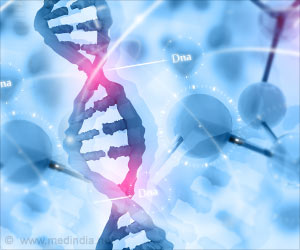Public health authorities agree that excess sodium intake on a regular basis can increase blood pressure and the risk of heart attack and stroke.

Based upon this recent analysis, the largest contributor of sodium to the diet was grains and grain products (i.e., breads, cereals, salty snacks); followed by meat, poultry, fish and mixtures; vegetables; and milk and milk products. Sodium intake from meat, poultry, fish and mixtures increased the most while sodium from grains remained consistent.
"This research shows us that despite public health efforts to decrease sodium intake, actual intake has continued to increase over the last 10 years and solutions to help decrease dietary intake are greatly needed," states the study's lead author, Victor Fulgoni, PhD, Senior Vice President of Nutrition Impact, LLC, a food and nutrition consulting company.
Sodium Reduction Innovation: SODA-LO™ Salt Microspheres Several studies have shown that a reduction in salt intake is one of the most cost-effective interventions to reduce cardiovascular disease risk in both developed and developing countries (4,5). Innovative solutions for reducing sodium content in the food supply may help meet public health goals.
SODA-LO™ Salt Microspheres, an ingredient offered by Tate & Lyle for food manufacturers, is a salt-reduction ingredient that tastes, labels and functions like salt because it is real salt. It can reduce sodium by 25-50 percent in food applications that are some of the largest contributors of sodium to the diet such as bread and salty snacks. It does this through its patent-pending technology that turns standard salt crystals into free-flowing, hollow salt microspheres that increase the perception of saltiness on the tongue.
"Meeting consumer taste preferences by using effective food ingredients to lower sodium content while maintaining the foods' perceived salt intensity is one strategy for reducing global sodium intake," said Priscilla Samuel, PhD, Director of Global Nutrition for Tate & Lyle.
Advertisement
Advertisement











